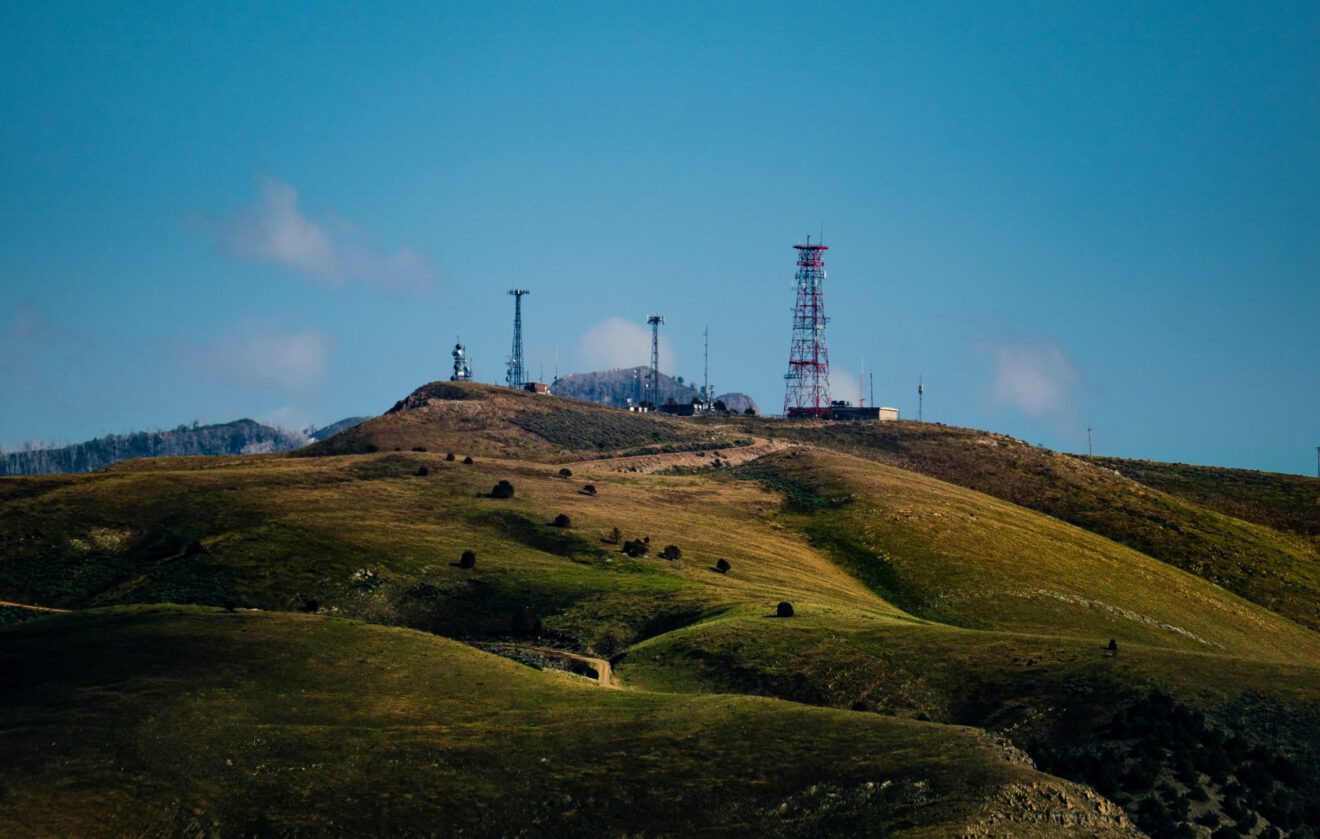Sign up for our telecommunications news brief today, free.
“Give me a call if there’s a tornado,” my sister emailed me. “The internet’s so unreliable here that I don’t know if we’ll get the alerts.”
It was a typical stormy night in Home, Penn. — an unincorporated township in the western part of the state, the setting of a controversial X-Files episode, and a part of the US that keenly shows the digital divide politicians and carriers alike have been discussing lately.
In parts of my childhood hometown of Home, the only way to get online involves multiple satellite dishes, and even then it’s a chancy proposition. The roads are full of dead zones that thwart calls and GPS navigation alike. Emergency services, telehealth, remote work and education all come with the caveat of “…if you can get online.”
Private organizations, state legislatures and the federal government are trying to address the situation with funding. The infrastructure bill now moving through Congress promises $65 billion for broadband development. But at least two more obstacles remain after money is available and are vital to remember during any discussions of digital divide and broadband investments.
Distributing Grants
One problem with converting money into broadband access is the classic divide in government philosophy: Whether the federal government or individual states should make the decisions. Some lawmakers, such as Sen. Angus King, I-Maine, believe that “the states know best what their problems are, where the gaps are and how best to address them,” and that the majority of cash should be distributed accordingly, rather than going through the Federal Communications Commission or Department of Agriculture.
A further complication with federal funding is that the FCC’s maps, which theoretically show which areas have high-speed internet access and which still need it, aren’t specific enough to be accurate. The agency is in the process of updating them, but that project might not be finished for a few years. Meanwhile, states and communities may need to conduct their own mapping in order to pinpoint regions that lack service, then coordinate those results with the agency.
When the FCC does distribute money to companies, it generally does so through its Rural Digital Opportunity Fund in a “reverse auction” process. Carriers submit plans for covering various areas, and those with the lowest estimated costs receive funding. This process has led some companies to raise questions about their rivals’ ability to fulfill their proposed promises.
Choosing the Tech
Contentious issues include both ends and means. Some experts say that symmetrical speeds, where customers can upload data just as fast as they can download it, are increasingly important now that more people are using video to work, learn or visit doctors. Others note that download use still substantially outweighs that of upload, and argue that making connectivity widely available quickly is more important than “future-proofing” the systems.
Likewise, which technologies work best and for which values of “best,” is a subject that inspires strong feelings on all sides. Satellite internet can currently reach more remote areas, but can be slow and be subjected to interference from adverse weather conditions — a growing concern as the effects of climate change become more dramatic — and often comes with data caps.
Fixed wireless access is increasingly popular and stands up better to weather, as well as it generally lacks data caps and has higher speeds, but fixed wireless requires a more local transmitter and thus isn’t available everywhere that satellite is. Fiber gets the most praise among “future-proofing” advocates, as the infrastructure enables high speeds and most weather doesn’t make a difference to connectivity. However, fiber is the most expensive and time-consuming to install, and faces the greatest variety of regulatory obstacles.
Getting Permission
Every form of broadband technology runs into potential problems when it comes to setting up the equipment and infrastructure.
Because fiber involves running multiple miles of cables underground, it faces the most hurdles. Excavation work must be careful to avoid cutting water lines, power cables or gas mains. It can disrupt traffic just like other construction projects. It could have environmental effects.Also, some people complain that it damages their property values. The need to address all of these factors makes fiber installation a lengthy and costly process.
New measures could make it easier. “Dig once” bills, which have passed in several states and have a national version in the House, require road construction to include fiber conduits if the areas slated for work as recognized as unserved or underserved. State legislation also makes the permitting process simpler and imposes deadlines on relevant agencies.
Fixed wireless access doesn’t involve the underground construction that fiber does, although it often serves as an extension of nearby fiber networks. Fixed access does require cell towers or small cells. Both of which can face substantial community opposition, often centered on the technology’s appearance or potential effect on historic sites. Even satellite dishes can run into problems if they conflict with zoning guidelines or homeowner association rules, and they need federal approval to operate in the first place.
Improved connectivity has become a priority. State, local and federal governments are taking steps to make sure everyone has access to high-speed internet, which may prompt private organizations to get proactive about the process. Between the intention and the execution, however, a lot of logistic issues still remain unsolved.
Isabel Kunkle is editor of WISPA, CTAM and Wireless SmartBriefs.
If you liked this article, sign up for SmartBrief’s free email newsletter from the Cable & Telecommunications Association for Marketing. It’s among SmartBrief’s more than 275 industry-focused newsletters.
